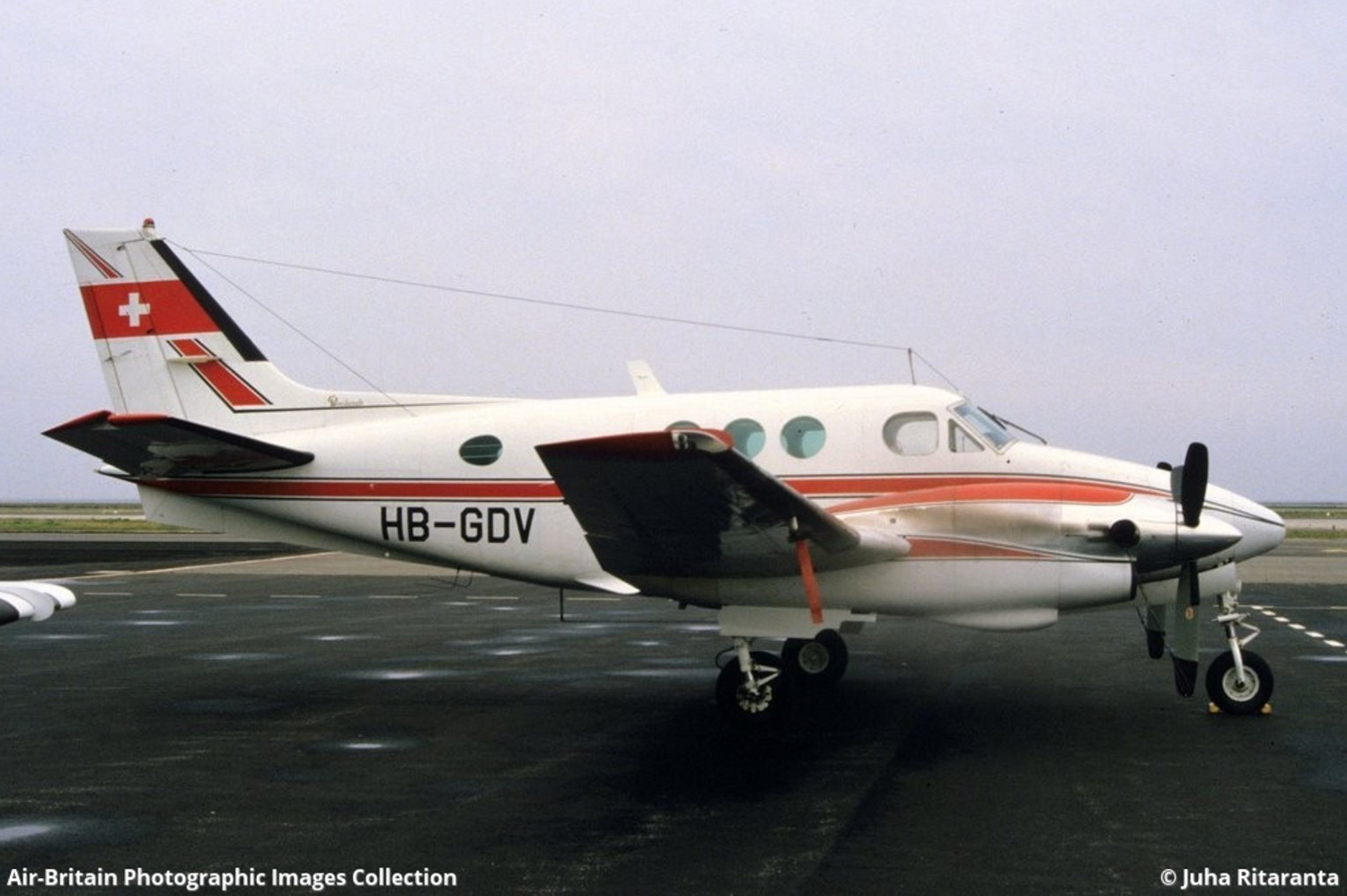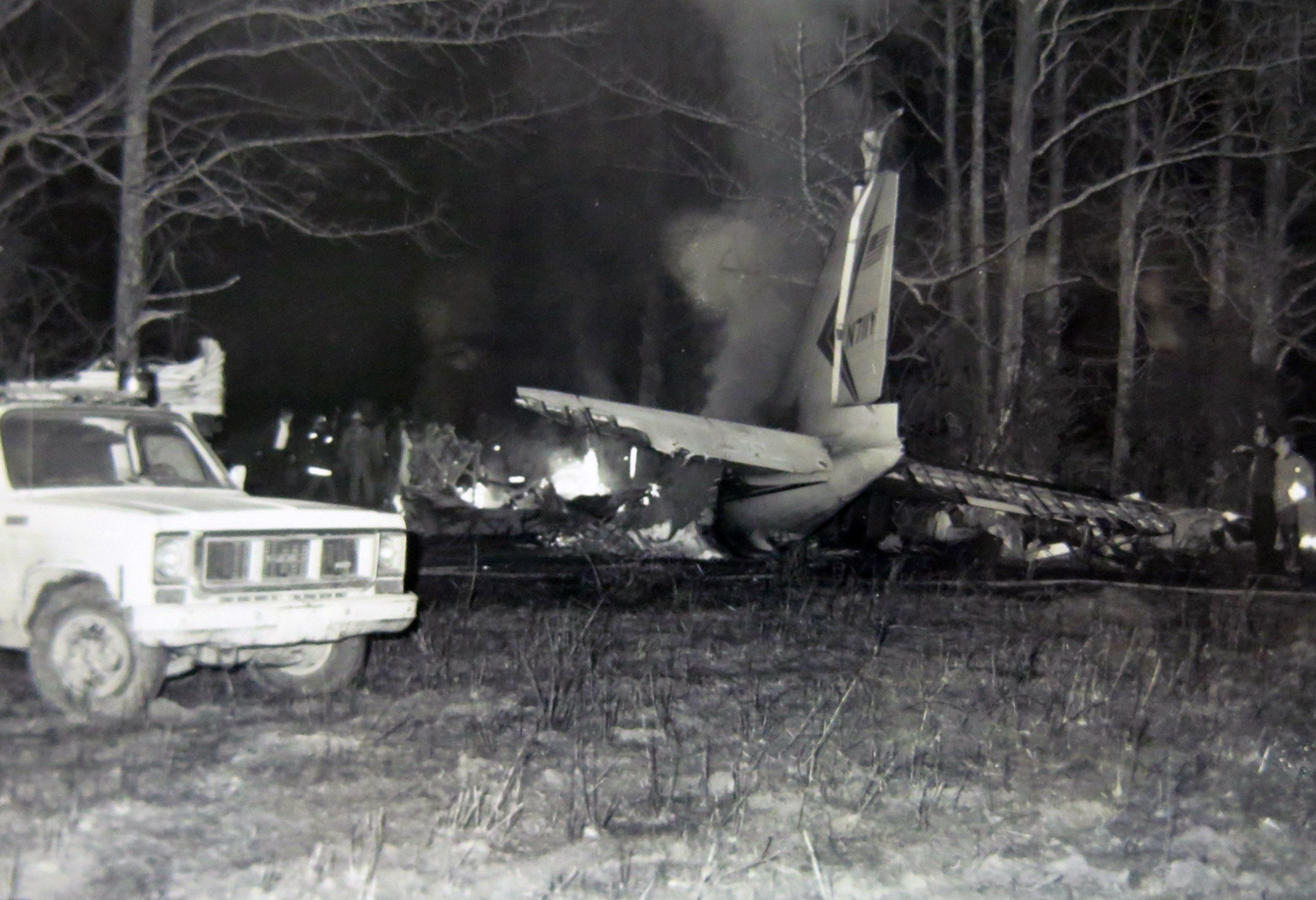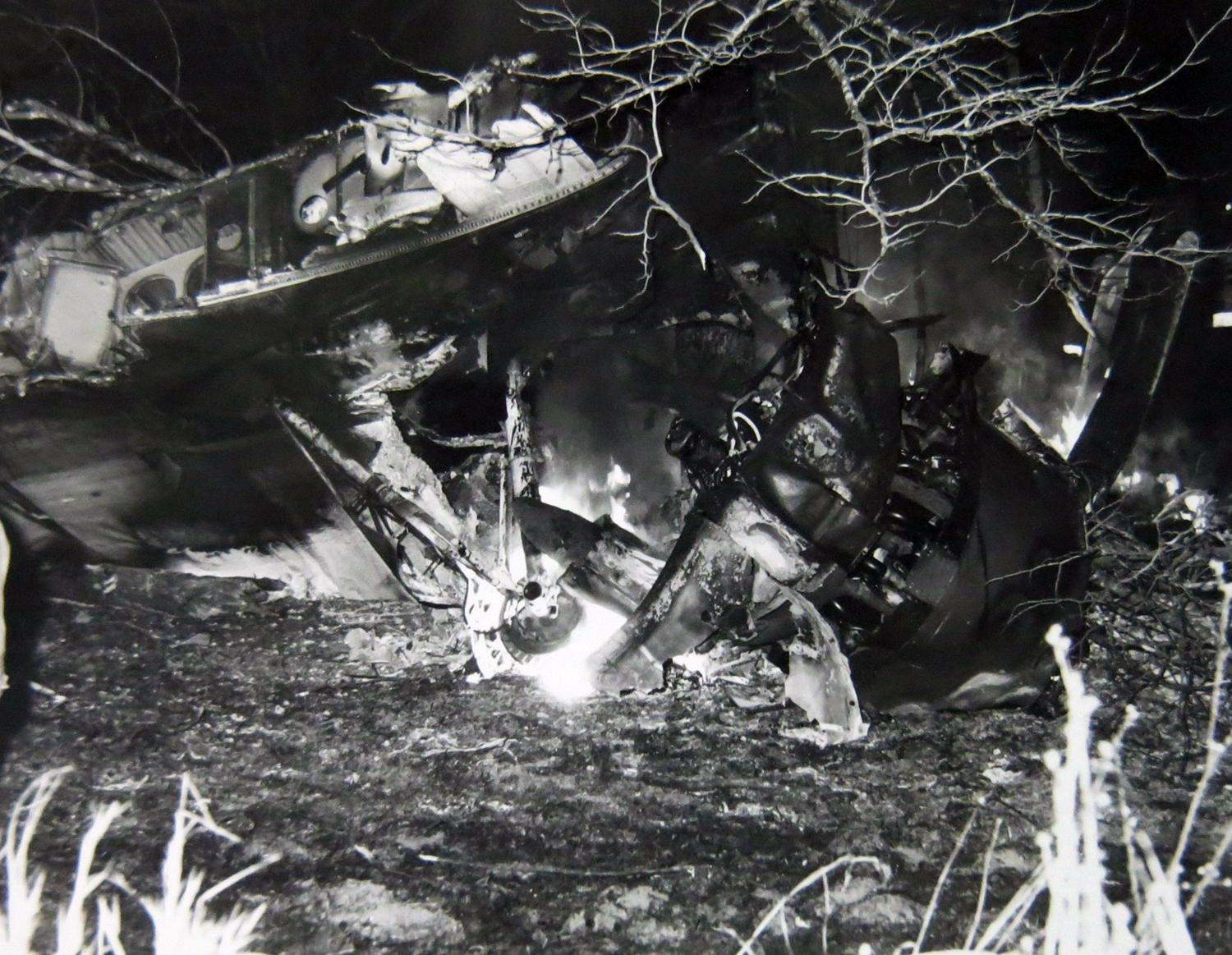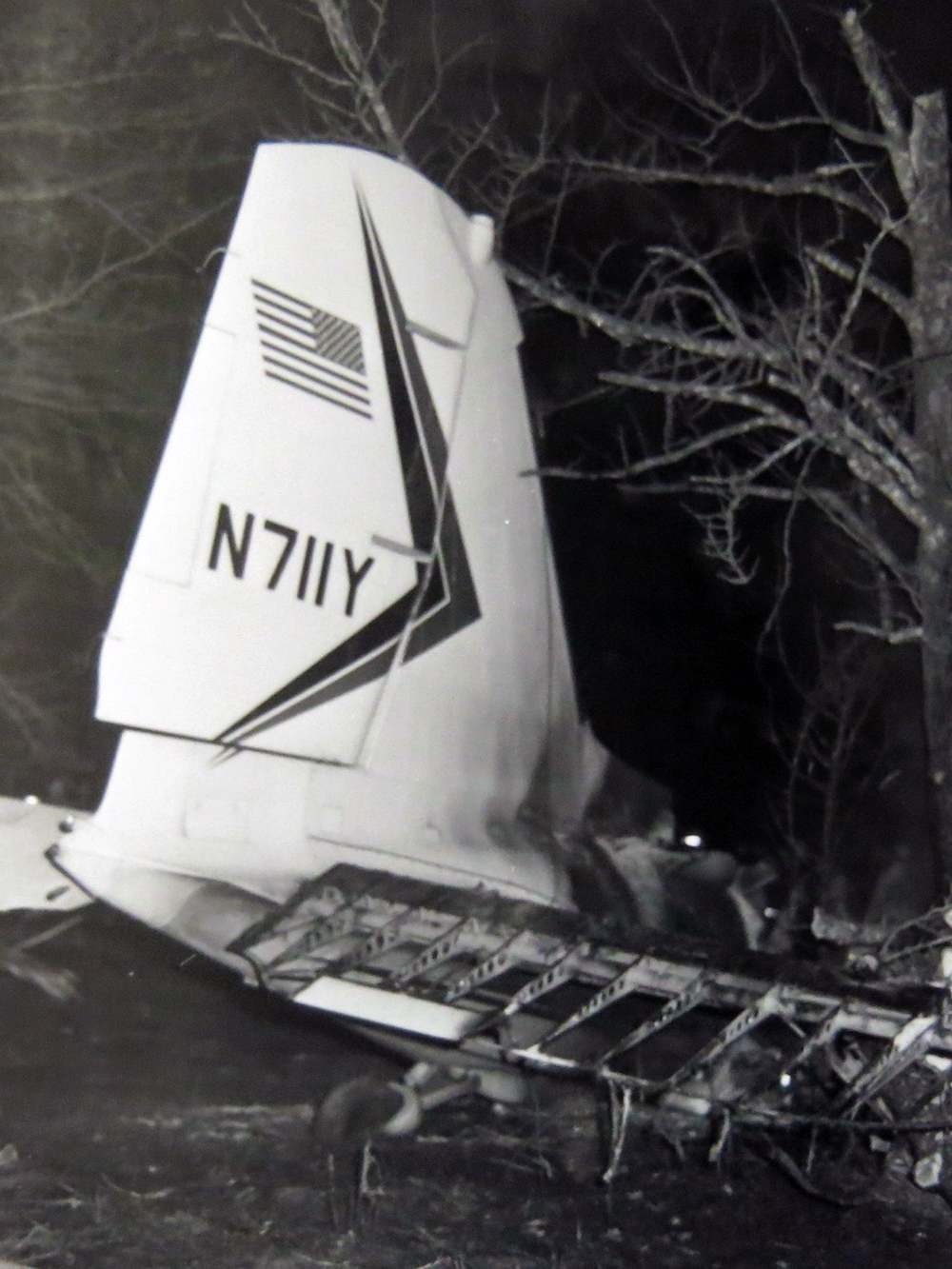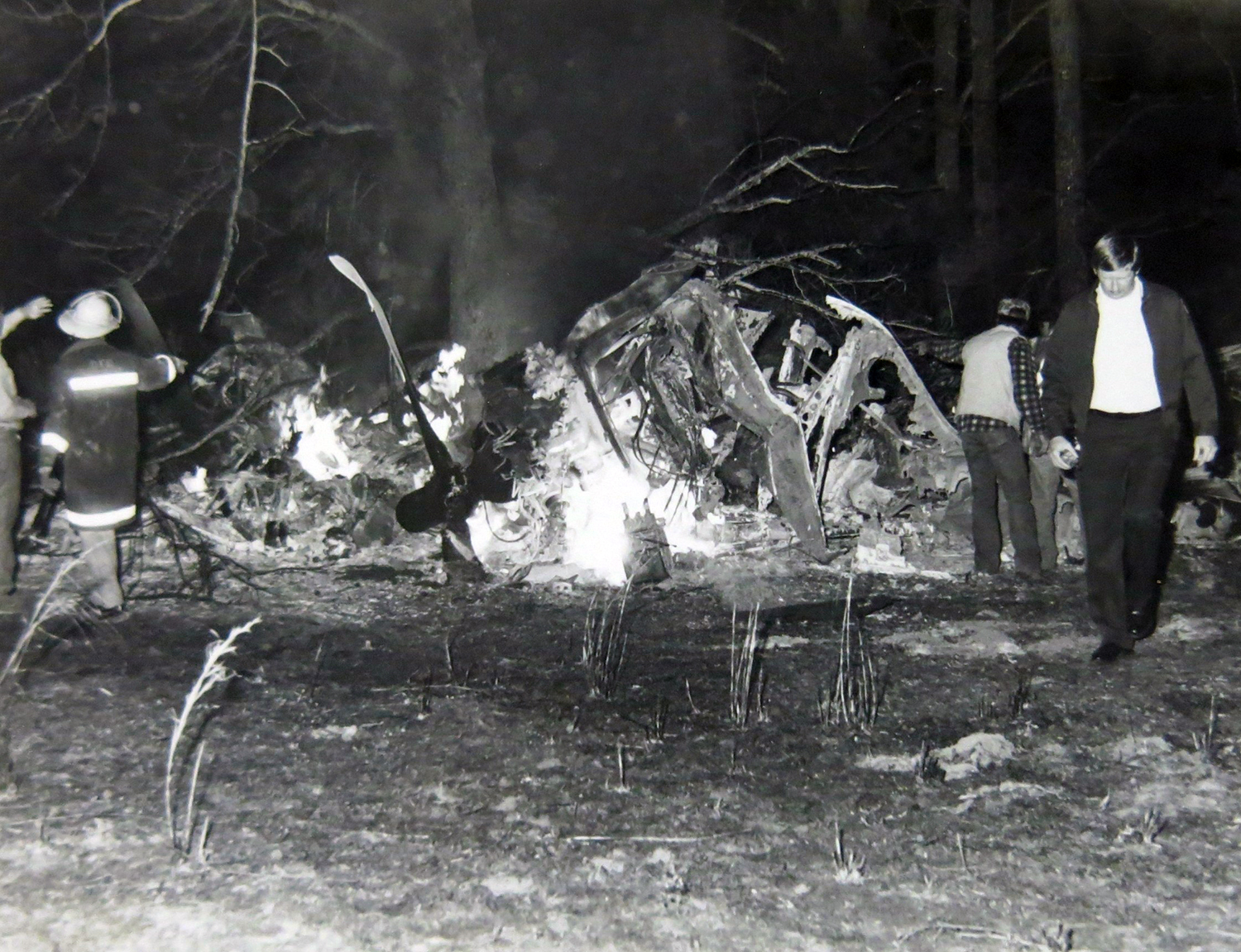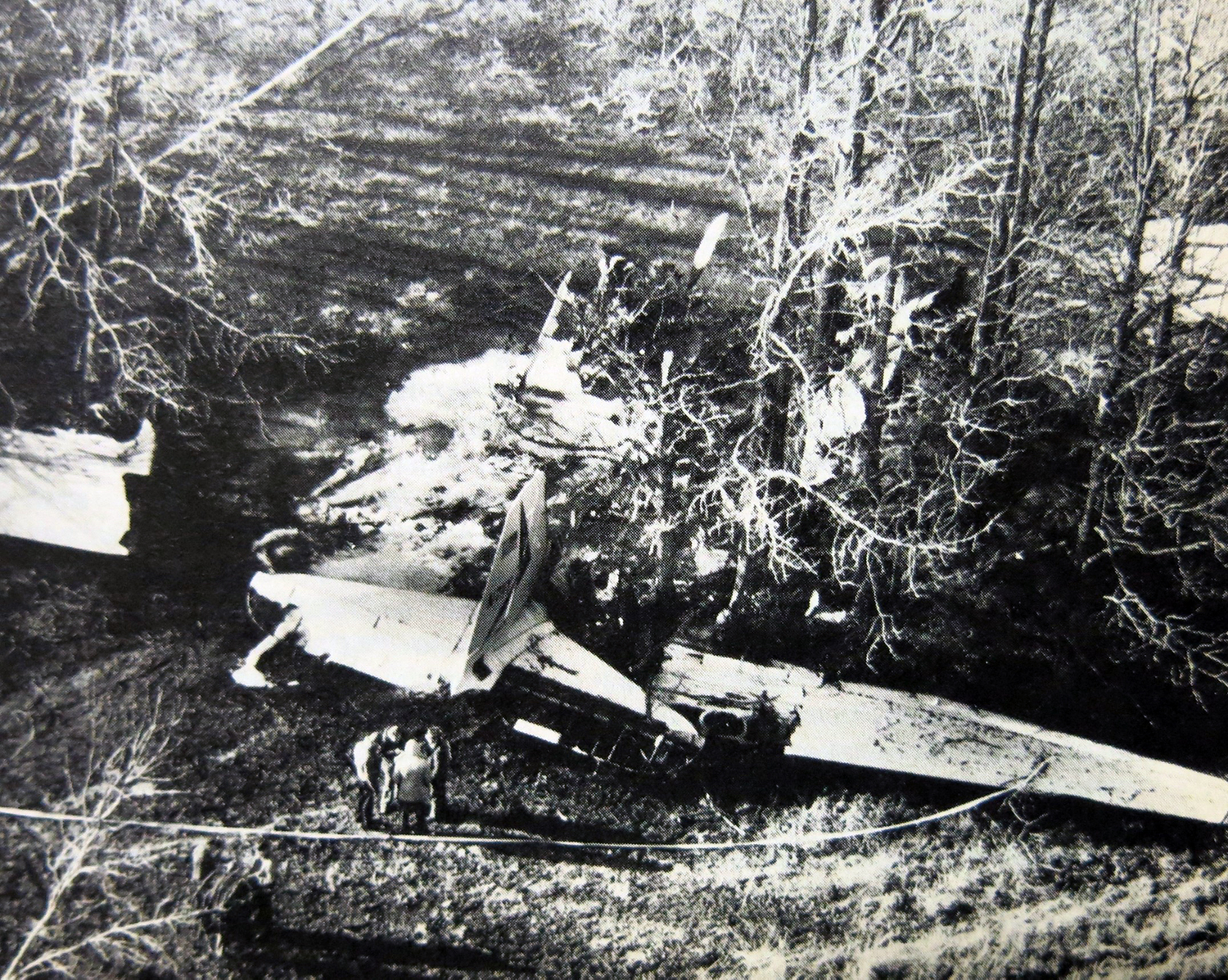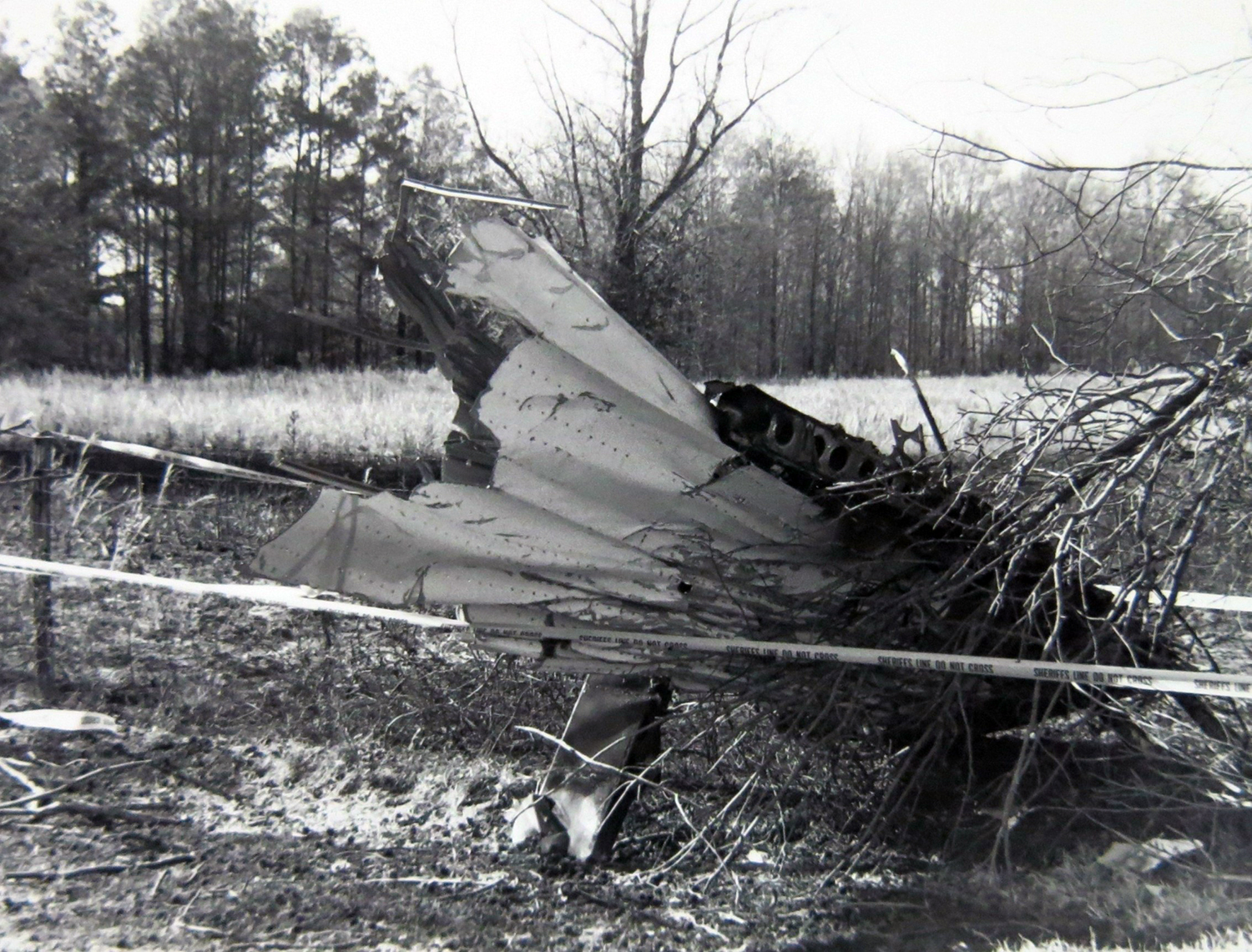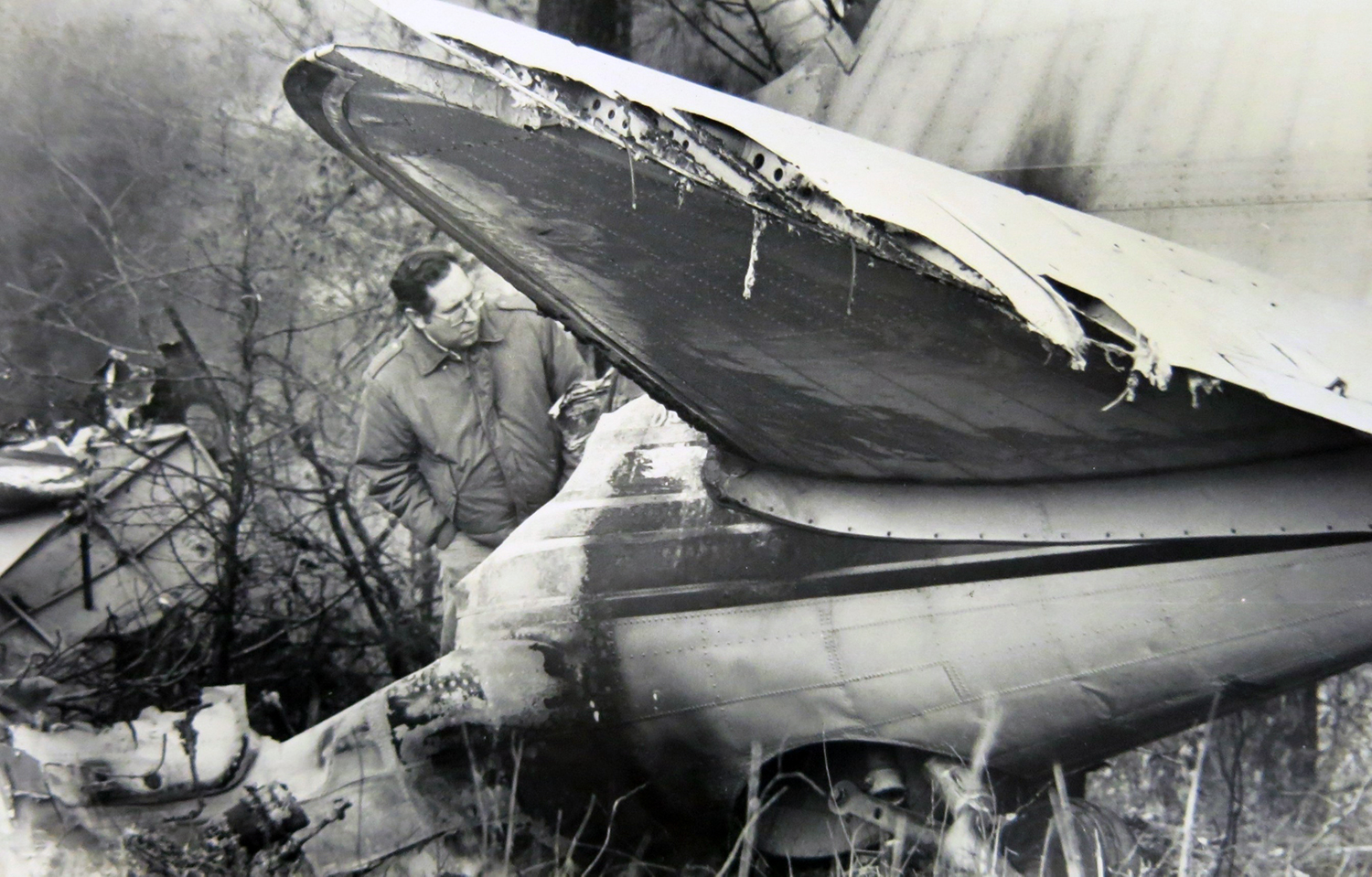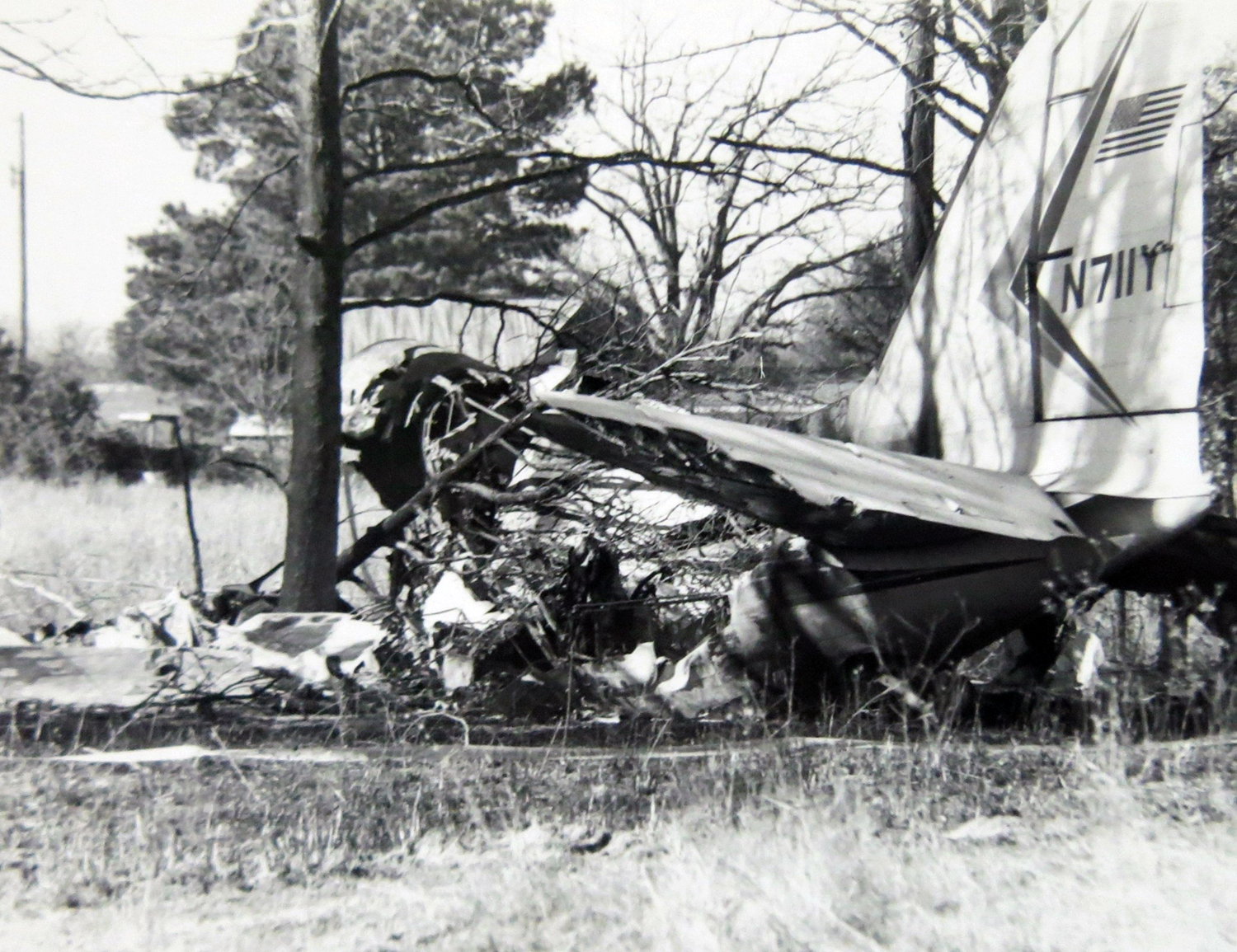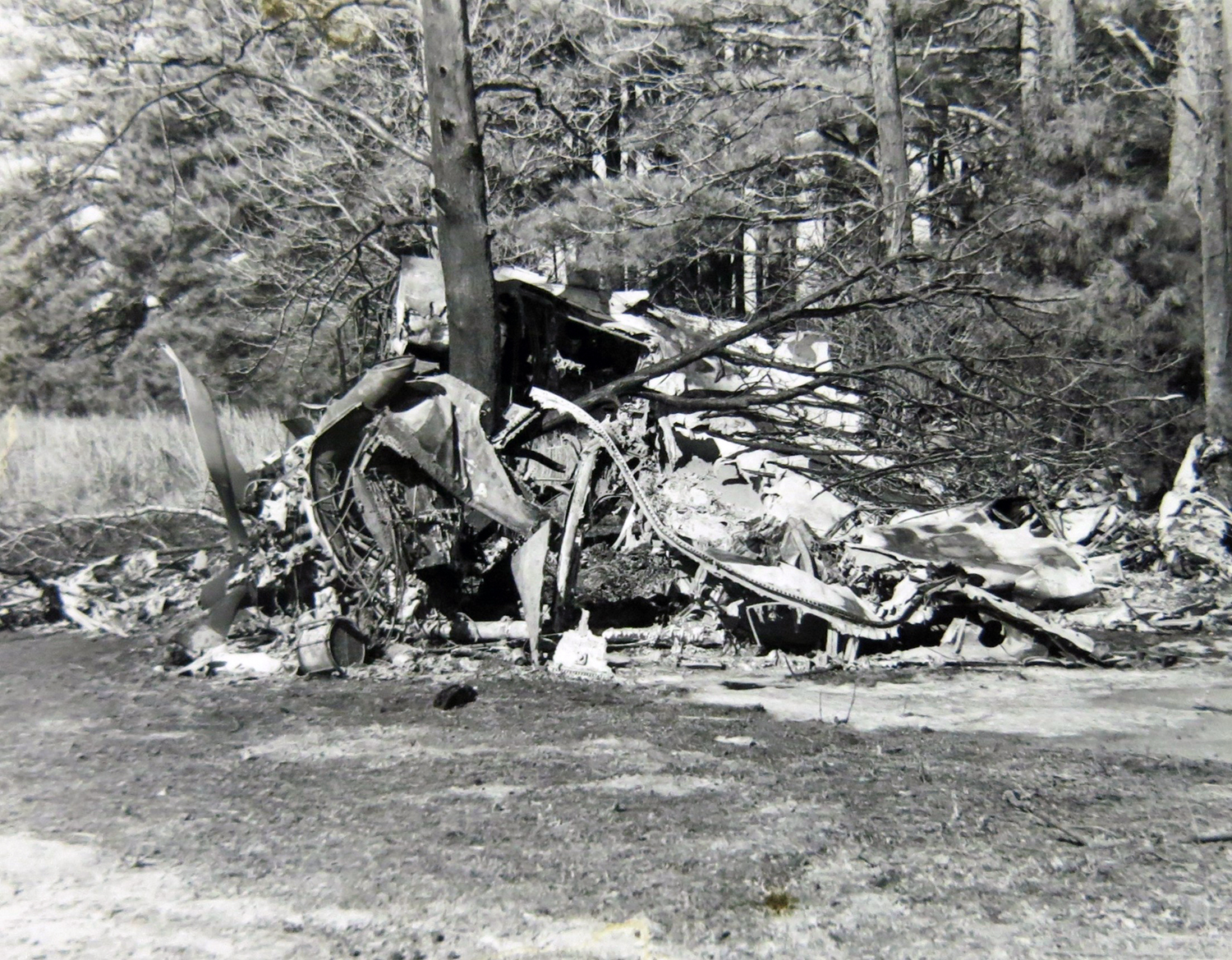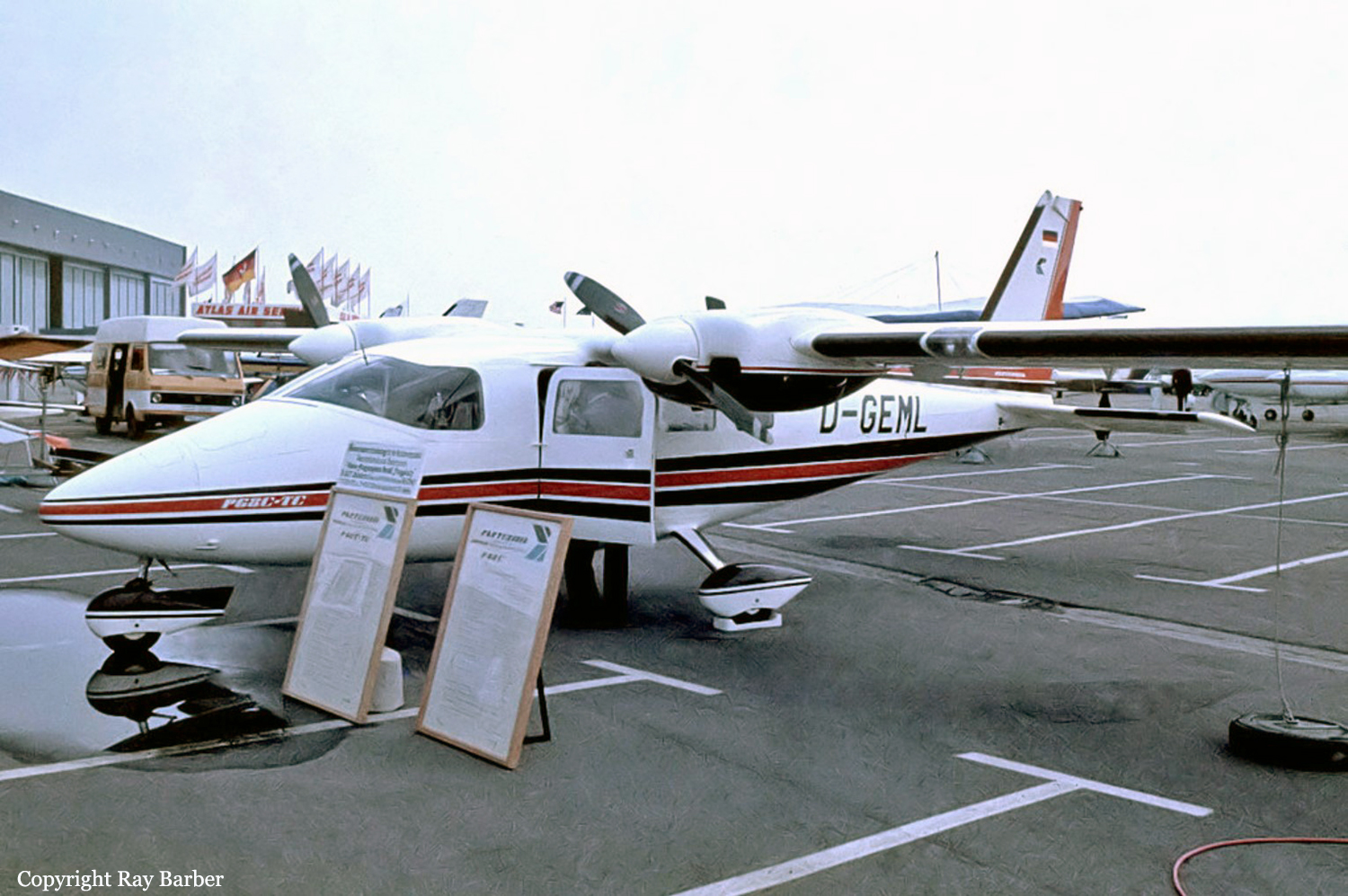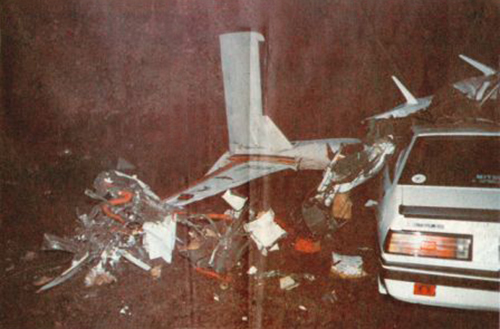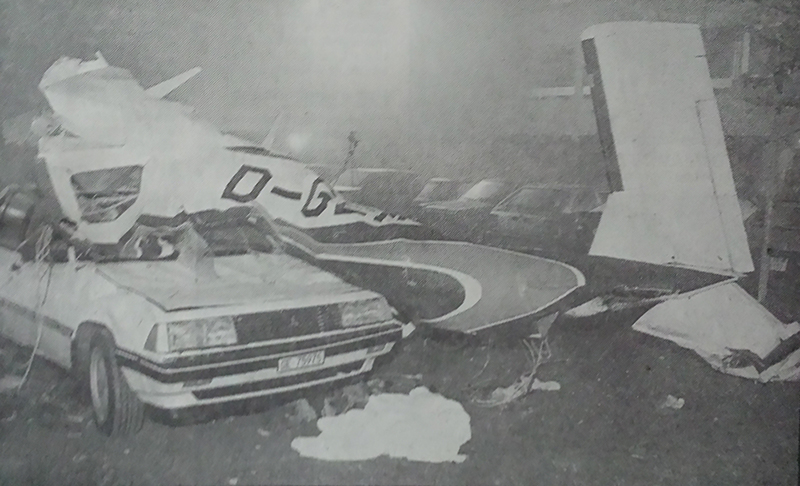Crash of a Cessna 401 in South Lake Tahoe: 3 killed
Date & Time:
Jan 27, 1986 at 0720 LT
Registration:
N988JM
Survivors:
No
Schedule:
South Lake Tahoe - Saint George
MSN:
401-0305
YOM:
1969
Crew on board:
1
Crew fatalities:
Pax on board:
2
Pax fatalities:
Other fatalities:
Total fatalities:
3
Aircraft flight hours:
5860
Circumstances:
Aircraft took off in clear weather but below-freezing temperatures with heavy frost on aircraft surfaces. No preflight, run-up or warm-up performed. On initial climb, left engine power loss occurred for undetermined reason, but probably associated with temp/cold engine operation. Pilot turned into dead engine in apparent course reversal, failed to feather propeller and lowered landing gear during turn. Aircraft stalled, rolled inverted and crashed into residential area. Engine teardown revealed no mechanical defects. Post-mortem and toxicological tests revealed no physiological impairment. All three occupants were killed.
Probable cause:
Occurrence #1: loss of engine power (partial) - nonmechanical
Phase of operation: takeoff - initial climb
Findings
1. (c) aircraft preflight - not performed - pilot in command
2. (f) weather condition - temperature extremes
3. (c) miscellaneous - undetermined
----------
Occurrence #2: loss of control - in flight
Phase of operation: maneuvering - turn to landing area (emergency)
Findings
4. (f) aircraft performance,engine out capability - deteriorated
5. (f) ice/frost removal from aircraft - not performed - pilot in command
6. (f) gear extension - improper - pilot in command
7. (f) propeller feathering - not performed - pilot in command
8. (c) aircraft handling - not maintained - pilot in command
----------
Occurrence #3: in flight collision with terrain/water
Phase of operation: descent - uncontrolled
Phase of operation: takeoff - initial climb
Findings
1. (c) aircraft preflight - not performed - pilot in command
2. (f) weather condition - temperature extremes
3. (c) miscellaneous - undetermined
----------
Occurrence #2: loss of control - in flight
Phase of operation: maneuvering - turn to landing area (emergency)
Findings
4. (f) aircraft performance,engine out capability - deteriorated
5. (f) ice/frost removal from aircraft - not performed - pilot in command
6. (f) gear extension - improper - pilot in command
7. (f) propeller feathering - not performed - pilot in command
8. (c) aircraft handling - not maintained - pilot in command
----------
Occurrence #3: in flight collision with terrain/water
Phase of operation: descent - uncontrolled
Final Report:

